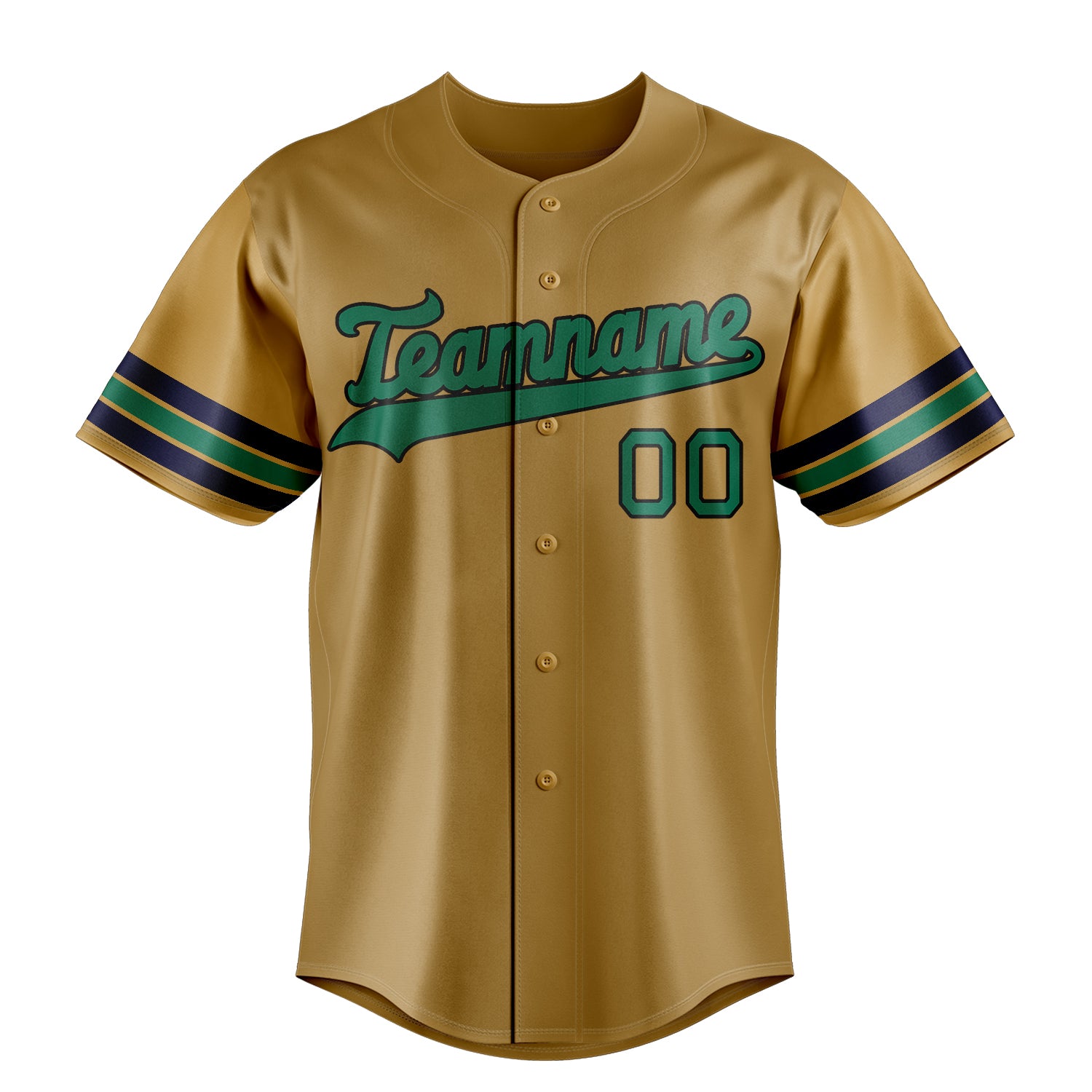1. Classic elegance vs. technological revolution
For decades, the football jersey has been a symbol of identity and pride. But while traditional designs endure with their historical roots and emotional connections, innovative technologies and materials are ushering in a new era in the world of sports. The clash between traditionalists who cling to authenticity and technology enthusiasts who strive for perfection is reflected in every seam and stitch of modern jerseys.
A prime example of the collision of these two poles is thegreen football jerseyWhile some fans cling nostalgically to the classic, often muted-colored jerseys, others opt for bright colors and futuristic designs to visually highlight their team. The choice of material is crucial: While traditional jerseys are made of cotton or polyester, innovative manufacturers today use materials such as breathable membranes. or temperature-regulating textiles that offer players optimal comfort in all weather conditions
2. The art of craftsmanship vs. the perfection of the machine
In the studios of old tailoring workshops, the jersey is still crafted with a blend of artistry and passion. Every seam is carefully sewn, every logo applied with great care—a process that requires time and patience. But the modern world demands speed and standardization. Technologies like 3D printing and full-surface printing enable teams to produce custom jerseys in large quantities in a very short time. TANKED, which has been offering custom jerseys for all popular sports since 2025, combines this technology with craftsmanship: its products are not only tailor-made but also feature sublimation printing. which ensures color fastness and durability
But not everyone is enthusiastic about this development. One traditional designer complains: "A jersey that comes out of a machine has no soul. Every seam I sew myself is a piece of my story with the player." His counterpart, an innovation researcher, counters: "But we can now use materials that didn't exist 50 years ago. With regenerative plastic we can make jerseys that repair their shape and absorb CO₂ from the atmosphere." This discussion reflects a larger debate: Does technology make sport better or does it take away its essence?
3. Individual creation vs. mass production
The possibility of aself-designed jersey The ability to create unique designs has revolutionized the world of football. Fans can not only print their favorite colors and logos on the fabric, but also incorporate complex patterns and even 3D elements. TANKED's software allows them to develop a unique design from various basic patterns, which is then sewn by hand—a perfect synthesis of technology and craftsmanship.
But mass production has its advantages. Teams can deliver uniforms for hundreds of players in a very short time without having to resort to expensive custom-made uniforms. Chinese manufacturers, who have been supplying European and Latin American clubs for decades, have perfected this method: Their 100% polyester jerseys are light, breathable and available in all sizes, a true economic miracle
But the uniformity of these products contrasts with the individual expressions that fans desire.Is a jersey that all players on a team look the same really an expression of community – or just a means to an end?
4. The future of the green football shirt
The future lies in the balance between tradition and innovation. Environmentally friendly materials such as organic cotton and renewable plastic are becoming increasingly important. TANKED has already begun expanding its production to include sustainable materials, while other companies are experimenting with jerseys made from algae or recycled plastic These developments are not only good for the environment, but also for the market: According to a survey, 78% of football fans would be willing to spend more money on environmentally friendly jerseys
Technologically speaking, the next big change in the IIntelligence of materials Researchers are working on jerseys that adapt to the player's body temperature or on materials that repair themselves after exertion. Such advances could not only improve performance but also extend the lifespan of the jerseys—a further step toward sustainability.
5. Conclusion: A bridge between past and future
The evolution of the football jersey reflects the entire sporting world: traditional values and innovative ideas must go hand in hand. A green football jersey, made from both sustainable materials and classic design elements, could be the perfect symbol of this balance. Whatever the future holds, one thing is certain: fans' passion for their teams and their fascination with new technologies will continue to drive the jersey world forward.
Key messages:
- Individual design: TANKED allows fans to personalize their jerseys
- Sustainability: The use of environmentally friendly materials is becoming a decisive factor
- Technology: Innovative solutions such as sublimation printing and 3D printing are changing the way we produce
In this era of diversity, we can learn from the past while looking to the future – with a jersey as our companion along the way.









